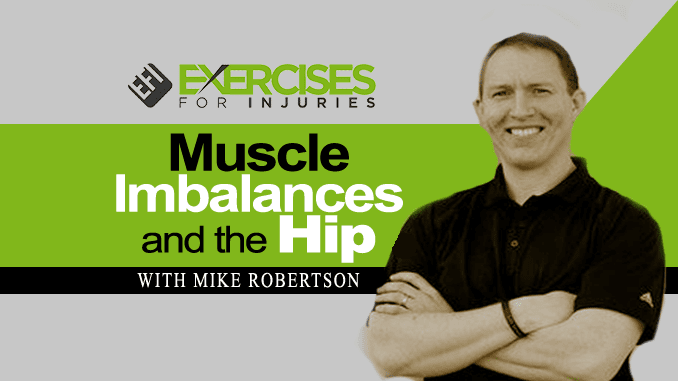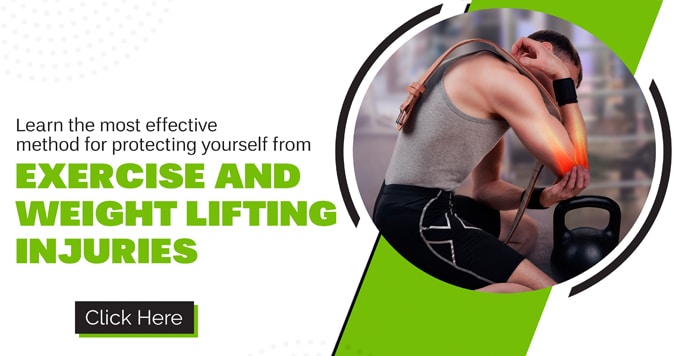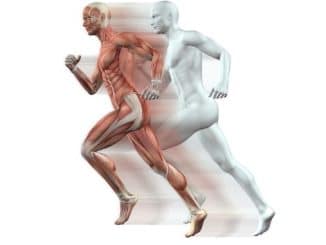
Tight glutes, weak glutes, and adductor weaknesses are all common imbalances that can cause hip impingement and other hip dysfunctions. The iliotibial band is a broad, thick band of connective tissue that connects tensor fascia latae on the lateral side of your hip to the outside of your knee. It helps support your hip and knee as they extend and flex. The band also provides crucial support for the gluteus Medius tendons above and below it on each side.
When these structures become tight or weak, they cannot perform their intended functions correctly, often leading to compensatory movements elsewhere in the chain. Not only can this cause pain elsewhere in your body, but it also makes you more susceptible to injury.
What is a muscle imbalance?
Muscle imbalances can affect the way you move and operate from day to day. A muscle imbalance occurs when one side of your body is stronger than the other. An imbalanced muscle can cause problems throughout your body because strength, range of motion, and coordination are all critical to mobility and stability. Your hips perform various actions that are easy to take for granted.
Walking upstairs or sitting with crossed legs or an outstretched leg, most individuals have mildly restricted hips that may lead to severe problems if not treated. It can lead to pain and other issues in your body. Knowing the signs of a potential imbalance is essential so you can take the appropriate measures to prevent it from getting worse.
Understanding the body and how it functions is a complex process that requires dedication, patience, and a thorough understanding of the human body’s inner workings. The human body is an intricate network of muscles, bones, tendons, ligaments, and nerves. Each of these components plays a vital role in our ability to move and perform tasks daily.
An imbalance in muscle strength or size can lead to an altered position of the body’s segments or an impaired function of its joints. In other words, when one set of muscles is weak or small compared. Another group of muscles that works too hard or is too large results in muscle imbalances.
Addressing imbalances
Specific exercises may be more suited to addressing certain imbalances than others. Strengthening your gluteal muscles while stretching your hip flexors and adductor muscles while also stretching your abductors is an excellent way to address unbalance hip. A strong, stable, and mobile hip is crucial for good movement and avoiding injury. Inadequate balance and strength are common issues in individuals who do not have the balance and strength required to perform daily activities effectively.
If you don’t have a personal trainer or are unsure how to identify muscle imbalances in your body, read this article to get started on the right track.
I just wanted to give you a sneak peek into something I am working on.
Have a look:
CLICK HERE to watch the YouTube video.
The above is a click from a video webinar Mike Robertson has done for an upcoming project he is helping me on.
How To Address Muscle Imbalances in the Upper Body
Stay tuned for more.
Rick Kaselj.





